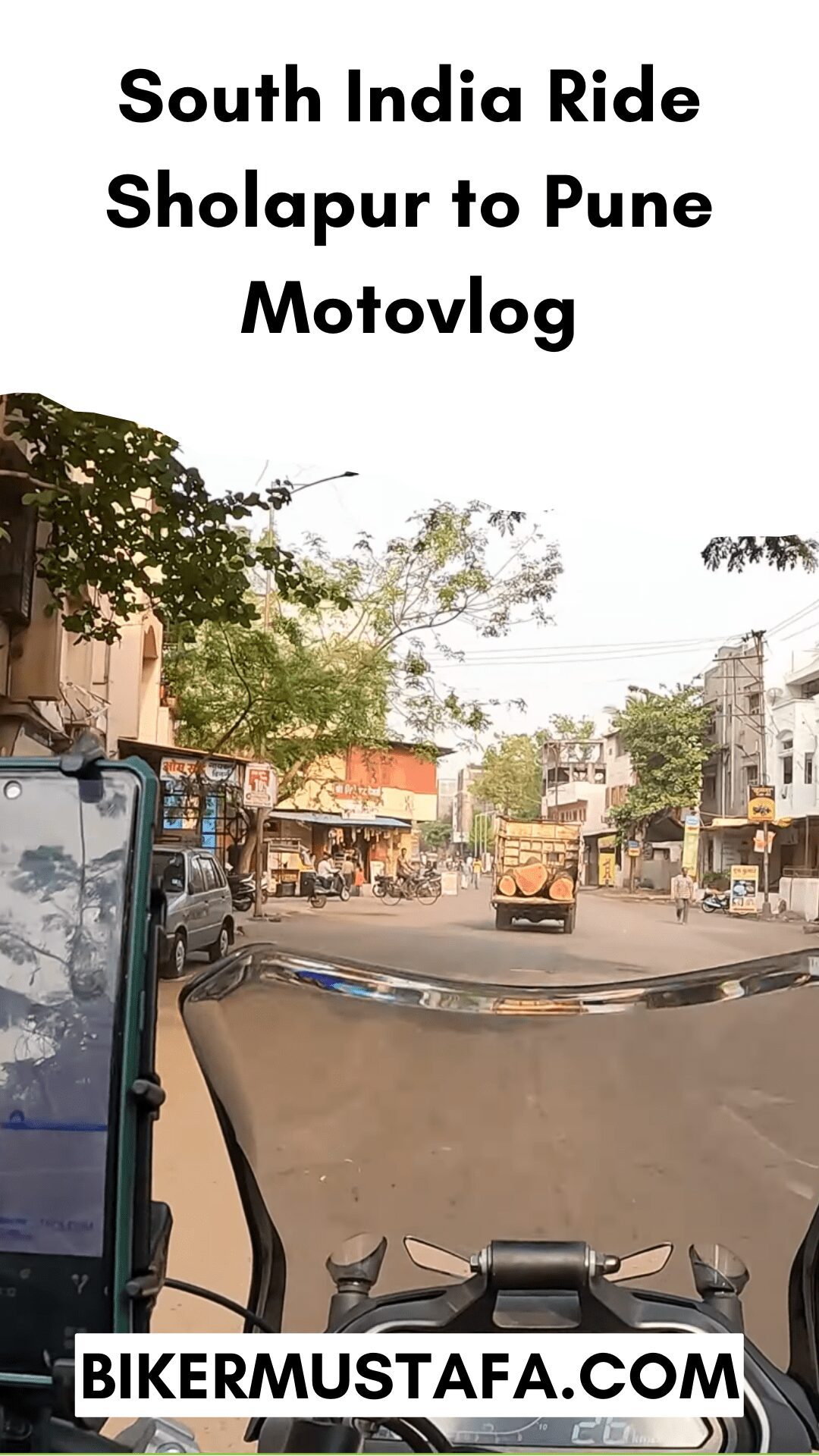South India Ride Sholapur to Pune Motovlog
South India Ride Sholapur to Pune Motovlog [S1-Ep16] on Dominar 400 UG
All About Sholapur
Solapur is a city in the southwestern section of the Indian state of Maharashtra, near the state’s border with Karnataka. It is Maharashtra’s seventh largest Metropolis Urban Agglomeration and 11th most populous city, India’s 43rd largest urban agglomeration and 49th most populous city. Solapur is on a major highway, rail, and branch lines to Kalaburagi and Vijayapura in Karnataka, Mumbai, Pune, Bangalore, and Hyderabad.
The Solapur International Airport is currently under construction. The Government of India classifies it as an A1 Tier and B-1 class city in terms of House Rent Allowance (HRA).
Solapur tops Maharashtra in beedi output. While the reputation of Solapuri Chadars and towels extends well beyond India, exports of these products have declined significantly in recent years due to poor quality control. “Solapuri chadars” are a well-known and the first Geographical Indication product in Maharashtra. Maharashtra has long been a center for cotton mills and power looms.
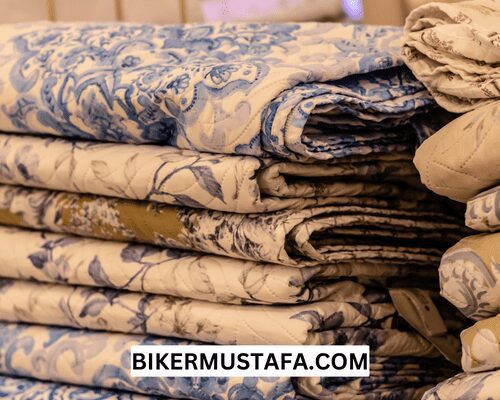
Solapur was home to the world’s second-biggest spinning mill and Asia’s largest. Solapur is home to India’s National Pomegranate Research Centre (NRCP), and pomegranate production is practiced nationwide throughout the Solapur District. Kegaon (SolapurScience )’s Centre is Maharashtra’s third largest and most important scientific association. The Raichur-Solapur Power Transmission Line, with a capacity of 765 kV, meets the power grid access needs of the southern states of Karnataka and Andhra Pradesh. Solapur is home to Maharashtra’s first waste-to-energy power plant.
The city’s Gramadevata (chief deity) is Shri Shivyogi Siddheshwar. The “Nandidhwaj” procession on the Hindu holiday of Makar Sankranti and an annual fair locally known as Gadda Yatra draw big people and is related to Lord Siddheshwar’s marriage. By combining its suburbs in 1992, the Solapur Municipal Corporation increased its area to 300 square kilometers (120 square miles). There is a sanctuary for great Indian bustards in Solapur.
History and Etymology
Various dynasties controlled the Solapur (formerly known as sonnalage) District, including the Andhrabhratyas, Chalukyas, Rashtrakutas, Yadavas, and Bahamanis.
The current city of Solapur was once divided among sixteen villages: Aadilpur, Ahmedpur, Chapaldev, Fatehpur, Jamdarwadi, Kalajapur, Khadarpur, Khandervkiwadi, Muhammadpur, Ranapur, Sandalpur, Shaikpur, Solapur, Sonallagi, Sonapur, and Vaidakwadi.
The settlement was known as ‘Sonnalage,’ an old Kannada name that evolved to be pronounced as ‘Sonnalagi,’ according to the inscriptions of Shivayogi Lord Siddheshwar of the time of the Kalachuristis of Kalyani. Even during the Yadava period, the settlement was known as Sonnalagi. A Sanskrit inscription discovered in Kamati in Mohol in 1238, after the overthrow of the Yadavas, shows that the town was known as Sonalipur.
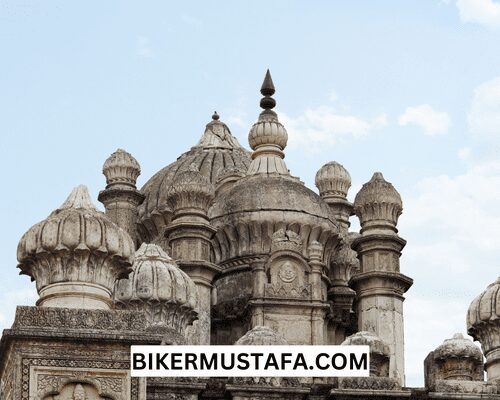
One inscription discovered at Solapur fort indicates that the town was known as Sonalpur, while another inscription discovered in the fort indicates that it was known as Sandalpur. As a result, the British overlords pronounced Solapur as Sholapur, giving rise to the district’s name. The current Solapur district was once part of the districts of Ahmednagar, Pune, and Satara. It was renamed Ahmednagar Sub-district in 1838. Sub-divisions included Barshi, Mohol, Madha, Karmala, Indi, Hippargi, and Muddebihal.
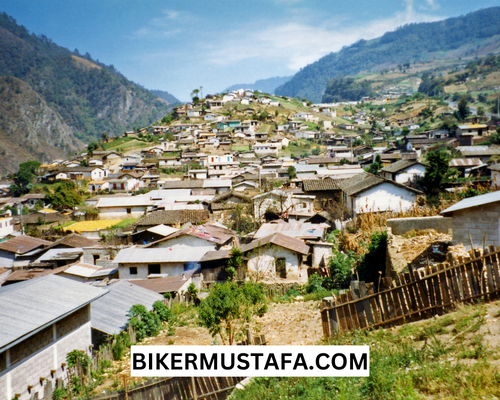
This Sub-district was dissolved in 1864. In 1871, this district was reformed by combining the Subdivisions of Solapur, Barshi, Mohol, Madha, and Karmala, as well as two Subdivisions of Satara district, Pandharpur, and Sangola, and in 1875, Malshiras Subdivision. Solapur was included in Bombay State after the state reform in 1956, and it became a full-fledged district of Maharashtra State in 1960.
Rao Saheb Mallappa Warad constructed the municipal corporation building. He was also a pioneer in introducing the farming tractor to India. It was his goal that the building is used for some public purpose. Therefore it was designated as the municipal council. The structure is called Indra Bhawan, which means “Abode of Indra” (Lord Indra). Mallappa Warad was also one of Queen Victoria’s ‘Chamber of Merchants’ ten members.
In 1930, the Solapur Municipal Council was the first to hang the Indian national flag on the Municipal Council building. In the spirit of Mahatma Gandhi’s Dandi March, Solapur’s freedom warriors flew the National Flag on the Municipal Council building on April 6, 1930. This was the first and only occurrence of its kind in the country.
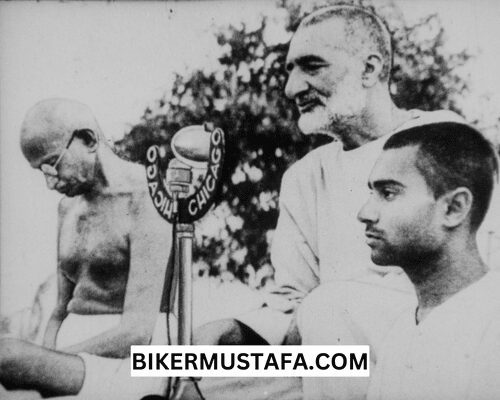
On May 9-11, 1930, during the Indian independence movement, the people of Solapur had complete freedom. However, this resulted in the executions of Mallappa Dhanshetti, Abdul Rasool Qurban Hussein, Jagannath Bhagwan Shinde, and Shrikisan Laxminarayan Sarada on January 12, 1931, in the Pune prison by the British Government. This resulted in the city becoming regarded as “The City of Hutatmas,” literally “The City of Martyrs.”
The Padmashalis are one of Solapur’s major communities. The development of Moghul dominance and subsequent Britishers who came to India to engage in cloth commerce significantly impacted weaving technology. The cloth created in Brimingham, England, may be sold at a lower price in India, and the quality of their cloth was far superior to our handwoven cloths on Gunta Maggam (Pit-loom).
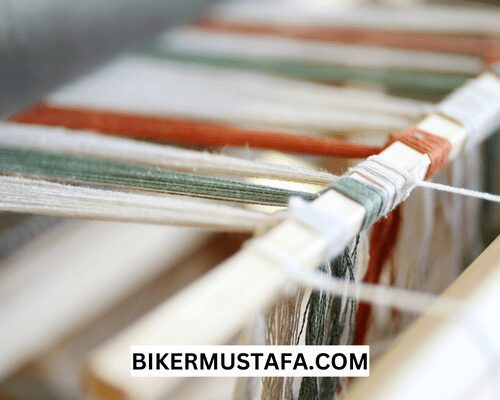
The local textile sector incurred losses because there was no buyer for our handwoven clothes. The British created the East India Company in Calcutta and expanded their operations throughout India. They dominated our country till 1947 as well. Padmashalis were forced to relocate to other parts of India due to the impact of the cloth business. Maharashtra is near Telangana and Andhra Pradesh, and most began to migrate in quest of work. Previously, no transportation was available, so people began trekking from Telangana and stayed for days wherever they could along the way to Mumbai. Some of them settled in most regions of Maharashtra, including Nanded, Jalna, Aurangabad, Nasik, Ahmednagar, Solapur, Pune, and even rural areas.
Their primary occupation was weaving. Hence the majority of them picked weaving jobs in cotton mills. Gradually, the strength has grown, and it is now possible to see 400 to 500 Padmashalis in each mill in Mumbai. The majority of people in Solapur got their start in the textile industry. Ajoba Ganpati temple, one of the oldest Ganesh temples, began celebrating the Ganesh festival in 1885.
Culture
Solapur is a multi-cultural city with a tri-linguistic combination of Kannada, Marathi, and Telugu. The majority of people adhere to Marathi culture and tradition. It is also influenced by the cultures of neighboring states Karnataka and Telangana.
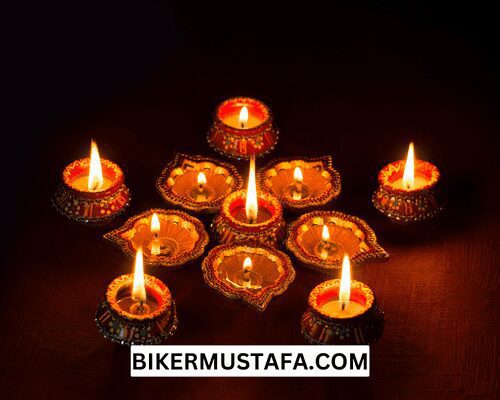
Climate and Geography
The coordinates for Solapur are 17.68°N 75.92°E. It has an elevation of 458 meters on average (1502 feet). It is bounded on the north by Ahmednagar district and on the north and northeast by Osmanabad district.
Karnataka State is bordered on the southeast by Kalaburagi and Bijapur districts, on the south by Sangli district, on the southwest by Satara district, and on the northwest by the Pune district. It is 410 kilometers (250 miles) by road and train from Mumbai, the state capital of Maharashtra.
Solapur is 245 kilometers (152 miles) from Pune and 305 kilometers (190 miles) from Hyderabad. Solapur lies on the Deccan plateau.
According to the Köppen climate classification, Solapur has a dry (arid and semiarid) climate. Summer, monsoon, and winter are the three distinct seasons of the city. Maximum temperatures range from 30 to 45 °C (86 to 113 °F) throughout the summer months of March to May. April and May are the warmest months in Solapur. Maximum temperatures of 40 °C (104 °F) or higher are common. In May 1988, the hottest temperature ever recorded was 46.0 °C (114.8 °F).

Although summer does not officially finish until May or perhaps June, the city frequently receives locally generated strong thundershowers in May. (although humidity remains high). The monsoon season lasts from June to September, with modest rainfall. The city of Solapur receives 545 mm (21.5 in) of rain each year on average. Winter lasts from November to the end of February, with temperatures occasionally falling below 10 °C (50 °F). Solapur is close to the seismically active zone in Killari, Latur District, which is approximately 100 kilometers (62 miles) east of the city.
Environment
Due to the effluent chemicals created as waste products from the textile industries in the region, Solapur is one of the most polluted cities in Maharashtra. Because many vehicles in the city run on diesel fuel, it also generates a lot of smog produced by sugar mills and heavy textiles businesses on the city’s outskirts.
The Maharashtra Pollution Control Board (MPCB) is making several efforts to eliminate air pollution and its environmental repercussions. The city has started a GO-GREEN project, which involves planting trees and growing greenery around the city with the assistance of various eco-friendly residents. CNG will be offered at MIDC Chincholi and some important areas of Solapur shortly.

People Also Ask:
Is Sholapur and Solapur the same?
Sonalpur was the name of the town during the Muslim period. Solapur originated through time by eliminating the ‘na’ from the word Sonalpur. As a result, the British overlords pronounced Solapur as Sholapur, giving rise to the district’s name.
Why is Solapur famous?
The chadder, handloom, and power-loom industries are well-known in the city. The city features beautiful temples, historical sites, and a wide range of wildlife. This city has been ruled by monarchs of numerous dynasties and is an ideal vacation spot away from the hustle and bustle of big metropolitan areas.
Which language is spoken in Solapur?
Solapur is a multi-cultural city with a tri-linguistic combination of Kannada, Marathi, and Telugu. The majority of people adhere to Marathi culture and tradition.
In which state is Solapur famous?
Solapur, an area of 14844.6 square kilometers and known for its Chadder, Handloom, Powerloom, and Beedi Industries, is an important district in Maharashtra State, India.
Solapur Airport.
During the police assault on the ex-Hyderabad State, Indian Defence Authorities established the airfield in September 1948. However, the base needed to be maintained following the operation. The Public Works Department ran and maintained it once rebuilt in 1987. In February 2009, Kingfisher Red ran a four-times-week ATR 72 service to Mumbai, suspended in August 2010.
Recommended Articles:
South India Ride Hubli to Bangaluru Motovlog
Solo Riding Ahmednagar to Pune Motovlog
Solo Riding Dongaon to Ahmednagar Motovlog
South India Ride Kanyakumari to Rameswaram on Dominar 400 UG Motovlog

